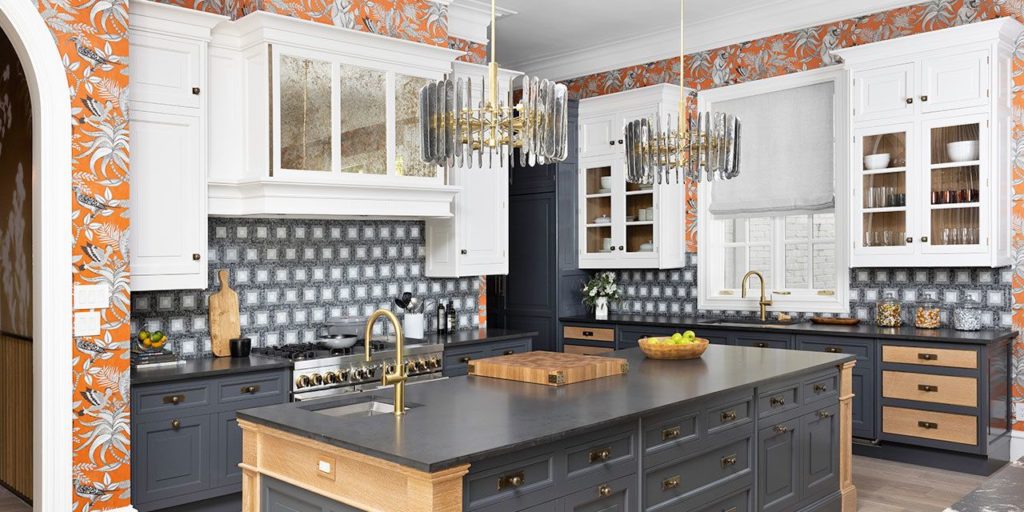[ad_1]
More Is More With Maximalism
Saturated hues, energetic patterns and layers of textiles, colors and objets d’art epitomize a maximalist room. Though this more-is-more concept leans toward excess, maximalism represents more than a hodge-podge of accouterments blended into a single space. The movement most often reflects the homeowner, their background and personal taste.
“Maximalism, to me, is completely about personalization. It lets you show your interests, such as books, portraits, places of travel, collections of things and so on,” said North Carolina-based interior designer Grey Joyner. “Moving forward, I think we’ll see more people collecting items and displaying travels and interests in the living areas of their homes.” Ms. Joyner said we’ll surely notice more mingling of design styles and patterns. “This creates interest and even a little intentional tension in a space.”
Likewise, patterned wallpapers––from traditional scenes to 1970s geometrics––are having a moment. According to Andrew Suvalsky, a designer in New York, wallpaper adds an extra layer of depth to a house and can dress up almost any surface.
“What is more fun and interesting is to think about unique and unexpected places where to install [wallpaper],” he said. “It can be the ceiling, a door, or just inserts in the millwork.” The wallpaper trend will continue, with the decorative textile showcased in all rooms, be it floor to ceiling in a powder room, enveloping a master closet, or creating drama on a bed wall.
While living rooms are the most obvious to experiment with maximalism, designers are taking risks with color and pattern in the heart of the home. Nowadays, kitchens are leaning bolder than they have in more than a decade.
“We are finding that people are much more open to color and pattern than they have been in almost 11 years,” said Nancy Epstein, founder and chairman of the board at Artistic Tile in New York. “We’re seeing more ornate and colorful backsplashes, and in a continuing trend, those backsplashes are now going up the entire wall behind stoves and above countertops. We’re also seeing movement toward more highly veined materials.”
[ad_2]
Source link
